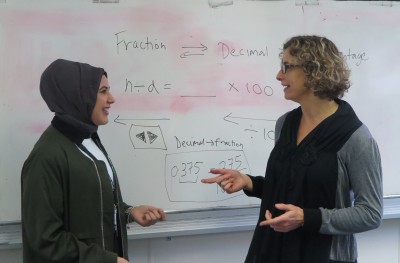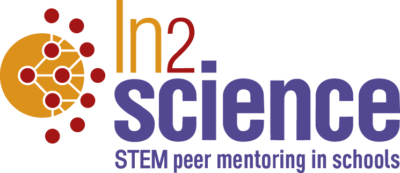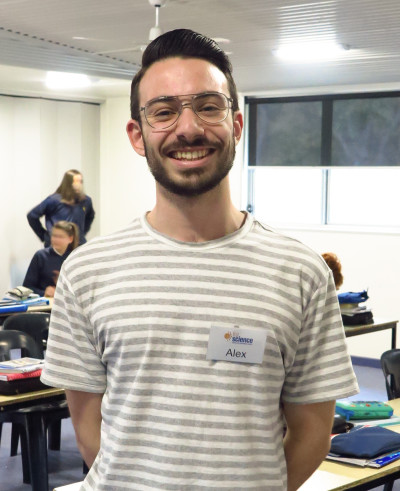
In2science mentor Alex Dellios is undertaking his third mentor placement.
What are you studying and what do you like about it? I am studying a Bachelor of Science majoring in Physics and Mathematics at La Trobe University. I love learning something new about the how the universe works every day. It’s been like one big puzzle, the more I learn the more everything makes sense.
Why did you become an In2science mentor? When I was younger I was very disenfranchised with science. I found it boring and just didn’t enjoy it at all, until I had a teacher that sparked my passion for science. She taught me to look at the bigger picture at how everything in the universe was governed by the laws of physics and that these laws were written in mathematics. From that moment on I was hooked by science and I started to appreciate the little things like throwing a ball in the air. So I became an In2science mentor to try spark that same passion in these students and to try and show them the bigger picture, just like how I was shown in high school.
Tell us about your In2science placement. I am currently on my third placement. This time I am in a year 8 math class at Epping Secondary College. Anthony, the teacher I am working with, was once an In2science mentor and it’s been great to hear his experiences as a mentor and a teacher. It has also been my first experience with Maths Pathway which has been interesting, it’s great to see students being able to learn math at their own pace.
What’s the best thing about In2science? The best thing about In2science is that it gives students the chance to get a different point of view about maths and science, to ask questions and have discussions about topics the teacher might not have time to go over or talk about. It’s been great hearing some of the awesome questions these students have.
What’s one of the biggest challenges about In2science? One of the biggest challenges is trying to make maths and science fun and engaging for all students, regardless of whether they love or hate it. It can also be challenging to help students understand a concept they might be really struggling with.
What message do you hope to pass onto the students in your In2science class? I hope to pass on some of my passion for maths and science so they may one day study science or at least understand the benefits of being scientifically literate.
What do you want to do after you finish university and why? I want to study Astrophysics and become an academic, so I can still do research but also teach.
If you could have an hour to chat with any scientist, mathematician or engineer, who would it be and why? Brian Greene, I think he is one of the smartest people alive and I would love to talk to him about superstring theory, his experiences in science communication and how he makes science so engaging to students.
What advice would you give other students looking to get involved in In2science? Sometimes you may think you aren’t making a difference to these students, but trust me you are. That moment you see a student ‘get it’ is one of the best feelings in the world – knowing you’ve helped this student understand something today that they might have struggled with for a while really is something else. Being an In2science mentor has been one of the most rewarding experiences of my life, I only wish I found out about the program earlier so I could have done it for longer.
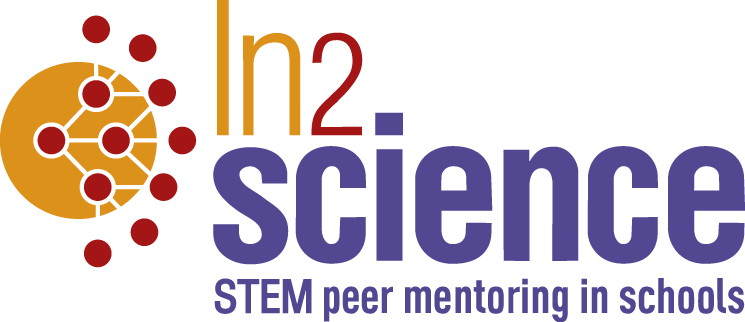
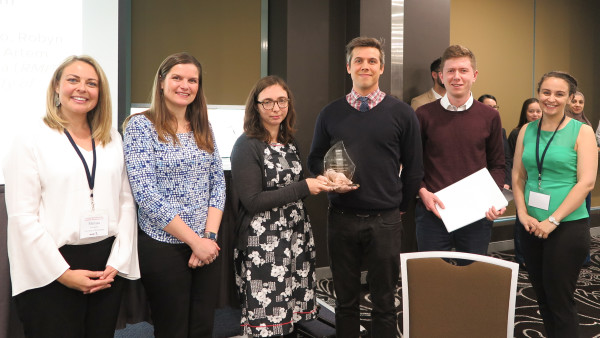
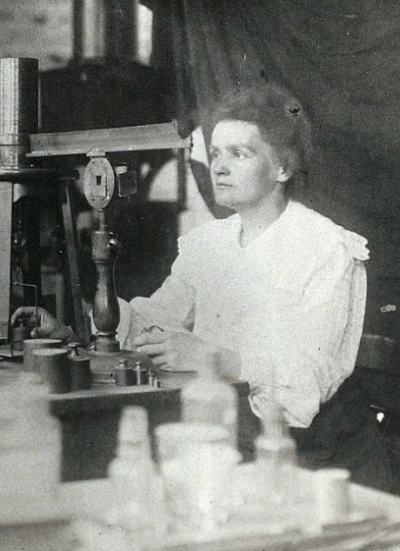
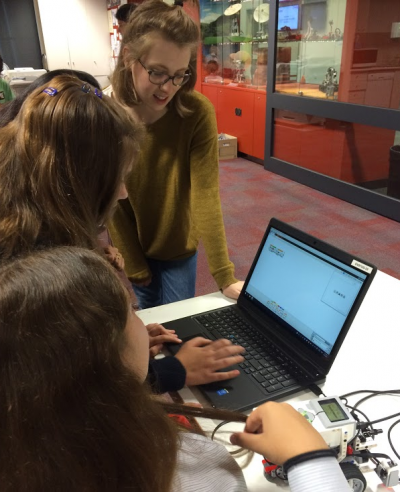
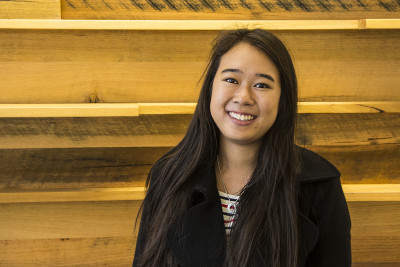
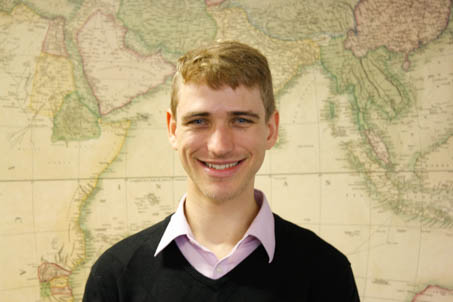
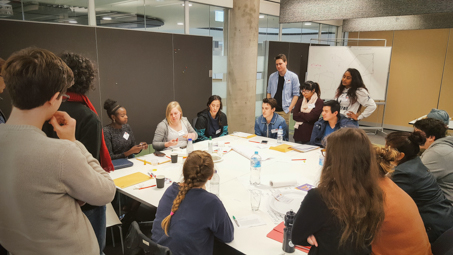

 After a successful
After a successful 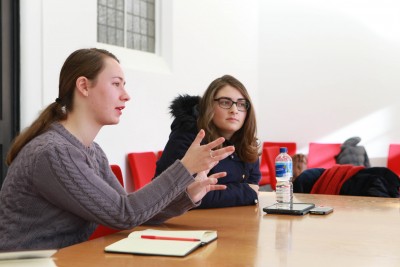
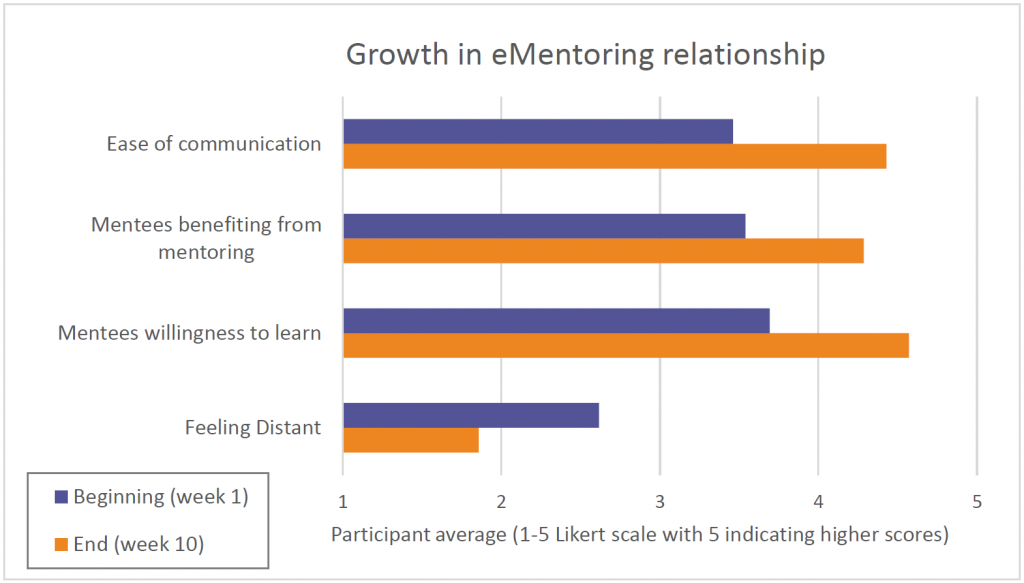
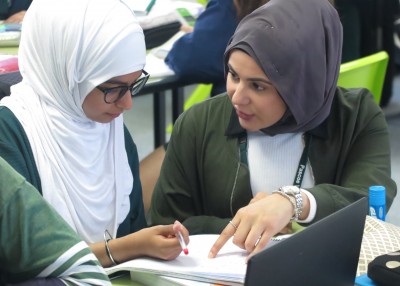
 Catherine sees the impact Rayan has had on the students’ future aspirations beyond school, “In the science classes where we’ve talked a lot more about careers they really think, ‘oh maybe that’s a possibility for me, that’s something I could do,’ and they might not have thought that before they met Rayan.”
Catherine sees the impact Rayan has had on the students’ future aspirations beyond school, “In the science classes where we’ve talked a lot more about careers they really think, ‘oh maybe that’s a possibility for me, that’s something I could do,’ and they might not have thought that before they met Rayan.”